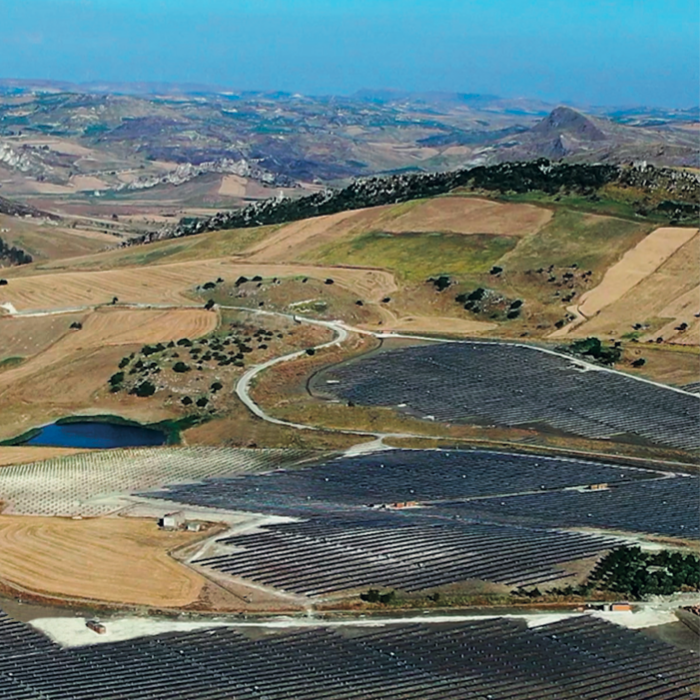In this article, Marco Trova, Senior Global Product Manager at FIMER S.p.A., talks us through some of the myths associated with Maximum Power Point Tracking (MPPT) technology to help engineers and installers specify the right approach to maximize yields and efficiency.
MPPT is often fitted as standard in state-of-the-art inverters, yet many users still don’t understand its use and functionality within a solar array to get the optimum results from the technology.
Headlines for MPPT tend to focus on efficiency and it is often positioned as an inverter feature to help the user improve energy harvest.
At a technical level it is an algorithm that is used for extracting the maximum available power from the PV module by dynamically detecting the voltage operating point that results in the maximum energy transfer under certain conditions.
These statements are true. However, MPPT is not solely focused on increasing yield but also on optimization, as energy within the solar array constantly modulates and changes. Optimization is dependent on several factors including: shading from clouds, solar radiation levels, ambient temperatures, PV plants that are built with varying degrees of topology and/or strings exposed to different angles of irradiation right through to the condition of the PV module itself.
I have been working with MPPT technology for over 15 years and have often witnessed the misuse of the technology.
As such, I wanted to take look at some of the core myths to assist installers and engineers further when selecting MPPT technologies.



























